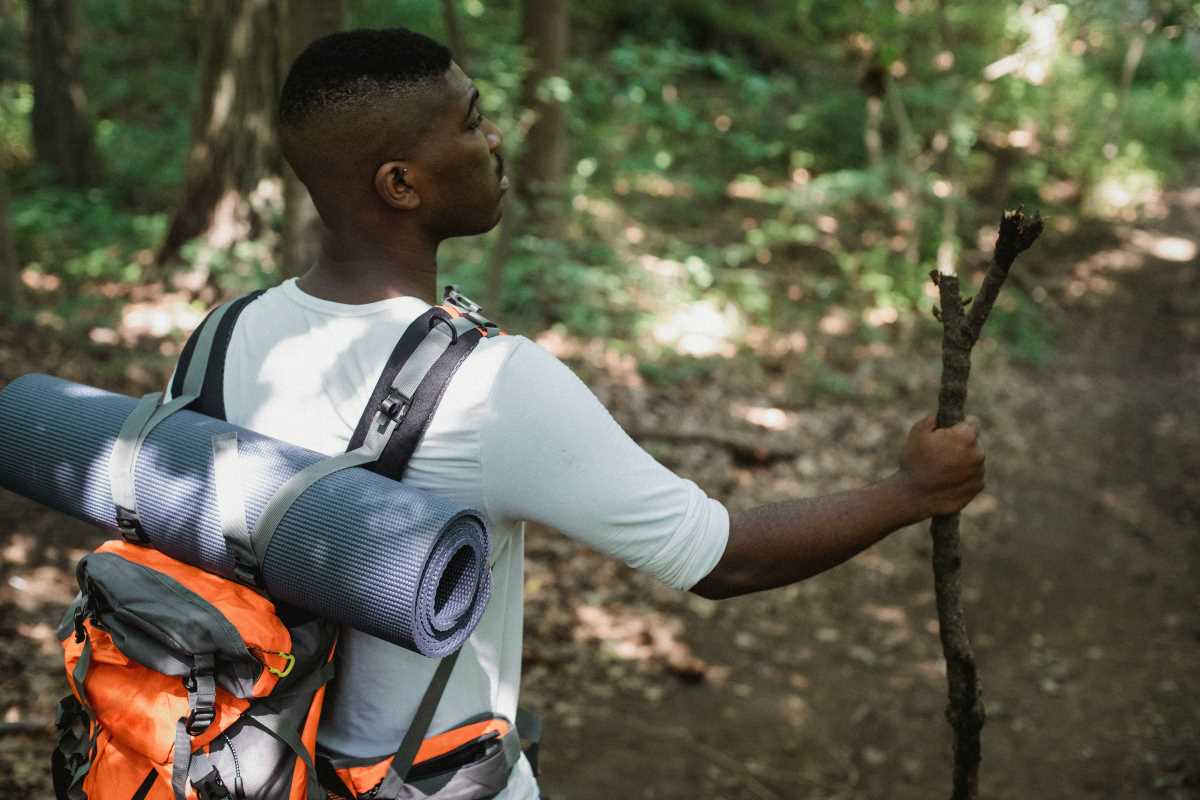Exploring the wilderness with only your instincts and practiced skills can change any landscape into an exciting adventure. Learning how to survive in the wild helps you see obstacles as chances to test your abilities and build self-assurance. As you get comfortable with the essentials and strengthen your survival techniques, unfamiliar environments become less intimidating and more inviting. Each new challenge offers a way to discover how resourceful and capable you can be, turning uncertainty into excitement. Building these skills not only prepares you for outdoor experiences but also helps develop confidence that you will carry with you wherever you go.
Detailed preparation and firsthand experience lead to genuine expertise. Whether you are setting up a temporary camp or finding your way through vast landscapes, the knowledge you gather on survival basics provides a solid foundation for any journey into nature.
Understanding the Basics of Wilderness Survival
Survive in the wild by deeply understanding your surroundings. Study the local flora, fauna, and weather patterns so you can anticipate obstacles before they appear. This groundwork enables you to adapt quickly when conditions change unexpectedly.
Being prepared means carrying essential tools and planning carefully for the tasks ahead. Establish a mindset that values continual learning and practical experience to build resilience, ensuring you stay resourceful and focused during your ventures into nature.
Essential Shelter-Building Techniques
Constructing a secure shelter is a critical step in surviving the wilderness. It provides a refuge from harsh weather and creates a comfortable space to rest while experiencing the benefits of nature firsthand. Learning various techniques equips you with alternatives in differing terrain and weather conditions.
The following bullet points outline three popular shelter types and their advantages:
- Lean-to Shelter: Set it up quickly and use it in windy conditions, offering immediate relief from the elements.
- Debris Hut: Provides excellent insulation in colder climates, using natural materials readily found in the environment.
- Tarp Shelter: Versatile and lightweight, it adapts to various weather conditions and is perfect for rapid deployment during unexpected rainstorms.
Use these options to balance speed of assembly with environmental protection.
Fire-Making Skills Every Adventurer Needs
Building a fire is more than just a means to warmth; it is a fundamental skill that provides a sense of security, a method for cooking food, and a way to signal for help. Understanding how to create and maintain a fire can be the difference between a comfortable night and a challenging experience.
Follow this numbered list to learn a step-by-step process for making a fire:
- Collect dry tinder, such as leaves or bark, along with small kindling to lay the groundwork.
- Build a structured framework using a teepee or log cabin arrangement to allow for strategic airflow.
- Ignite the tinder with a reliable firestarter or by friction methods, ensuring you place a spark where it can catch quickly.
- Gradually add larger pieces of wood once a steady flame appears, while keeping the fire under control.
This process ensures efficiency and safety while you manage one of nature’s most influential elements.
Finding and Purifying Water in the Wild
Locate water sources in the wild and purify them to stay alive. Often, clear streams flow at the base of valleys or along the edges of fixed terrain, and these natural sources can provide a welcome supply when you know where to look. Stay alert to signs like moist soil and concentrated vegetation, which indicate nearby water sources.
Once you find water, purify it to avoid risks from contaminants. Boiling the water or using portable filters can make it safe for drinking, while chemical treatments effectively treat the water. Recognize natural cues in the environment that guide you toward cleaner water and always carry the right purification tools.
Navigation and Signaling for Rescue
Navigate effectively in the wilderness to prevent getting lost and to ensure your route is safe. Use map reading and compasses to guide yourself through unfamiliar regions. When conditions become challenging, know how to signal for help to save valuable time and prevent further complications.
Combine traditional navigation techniques with modern practices. For instance, plan every journey as if it were an adventure travel expedition complete with backup routes and signaling devices like mirrors or whistles. These measures give you the ability to manage uncertainty and contact rescue services if needed.
Critical Survival Skills for Food Foraging and First Aid
Learn to identify edible plants and insects, and practice basic first aid to boost self-reliance in the wild. These skills support health and build confidence during emergencies.
Combine local foraging knowledge with routine first aid drills. Stay calm and act quickly when injuries occur to stabilize the situation until help arrives.
Regular practice keeps you sharp and prepared. With strong basics in shelter, fire, water, navigation, and first aid, your adventures become safer and more rewarding.
Preparedness transforms risk into exploration.
 (Image via
(Image via

.jpeg)



